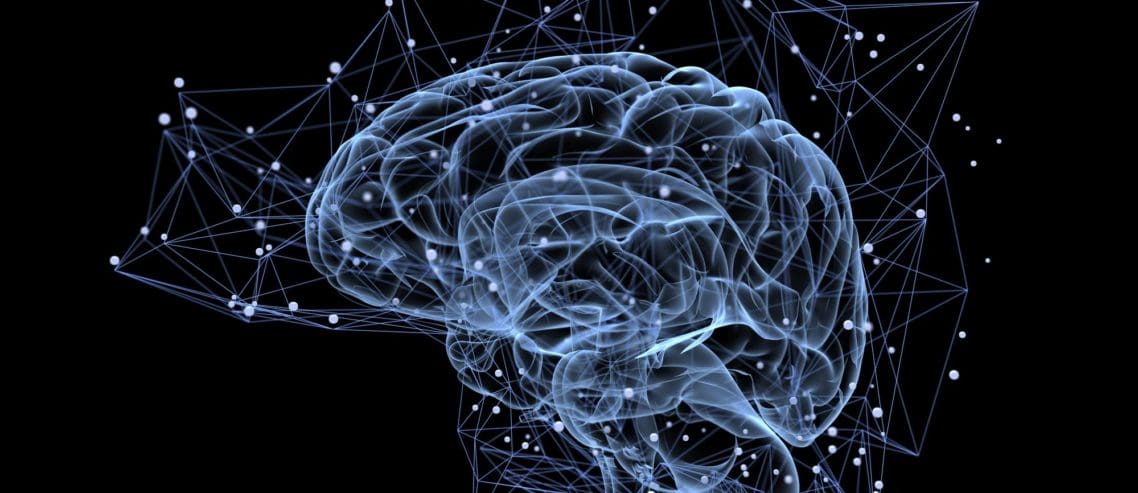What Happens to Your Mind and Body After Excessive Pain Killer Use
The negative effects of painkillers are well known. They impact nearly every part of the body, including the brain, and have long-term implications for the physical and mental well-being of users. Some drugs can lead to acute, life-threatening conditions such as respiratory failure or internal bleeding. Long-lasting problems may include gastrointestinal problems, hormonal imbalances, severe addiction, and even death.
Painkillers Are Taking a Toll on the Country
The consequences of habitual painkiller use can be devastating. Even first-time users risk encountering rare complications, but excessive use raises the probability that someone will develop a serious issue. That’s because many drugs, particularly prescription-strength opioid-based painkillers, can alter a person’s physiology and upset the delicate balance that keeps them healthy and happy.
The Effect Depends on the Drug
America is awash in painkillers. There are over the counter medications such as aspirin and ibuprofen. There are non-narcotic prescription medications such as Tramadol. Then there are the opioids—powerful prescription drugs like Percocet, Hydrocodone, and OxyContin.
Each type of drug manages pain differently. Some medications, like aspirin, work by finding the source of the pain, then reducing inflammation and blocking localized pain signals. Opioids work in a more systematic way, namely, by affecting the central nervous system and changing the way the brain perceives the sensation of pain. As such, they pose the greatest physical and psychological risks for users.
Indeed, the potential for abuse is widely acknowledged. The CDC reports that more than 15,000 people in the U.S. die each year as a result of using opioid painkillers. Many more suffer from addiction and long-term health problems—conditions that affect nearly every system in the body, from the brain to the stomach.
The Effect of Opioids on the Brain
Opioids have a direct impact on the body’s nervous system. They work by blocking pain signals that travel between the nerve endings and the brain. They also alter the mind’s perception of pain by mimicking the effects of hormones called neurotransmitters. In a healthy body, neurotransmitters bind to opioid receptors in the brain—areas that control mood and pain.
Your body can never produce enough neurotransmitters to handle severe or chronic pain. That’s why people take opioid painkillers, which bind to the receptors in place of the neurotransmitters. Essentially, they fool your brain into thinking there is no pain. At the same time, they produce euphoric feelings, since they mimic the effects of other pleasure-producing hormones.
Even in the short term, narcotic painkillers depress the central nervous system. Breathing becomes shallow, speech becomes slurred, and reactions become sluggish. As the feeling of euphoria and relaxation increase, the sensation of pain decreases.
The end result is powerful. A calm sense of pleasure replaces pain and other unwanted sensations. Used responsibly, to mask the effects of acute pain, such drugs constitute a highly effective medical treatment.
The Potential for Addiction
That pleasure comes with a cost. Narcotics have been known to kill brain cells. They have a particularly deleterious effect on the areas of the brain that govern learning, memory, and cognition.
In fact, the very process that makes opioids effective also make them dangerous. At the physiological level, opioid use over a long period of time slows down the production of neurotransmitters. Since the drug binds to opioid receptors in place of the body’s natural chemicals, the brain becomes convinced it no longer needs to produce so many of its own hormones.
Since some of those neurotransmitters are responsible for pain relief, habitual drug use may impede the body’s ability to relieve pain on its own. In other words, long-term opioid use can heighten the body’s perception of pain.
The decrease in special neurotransmitters called endorphins may also impair the body’s ability to maintain a stable mood. All of these issues increase the likelihood of dependency since a user who decides to quit may experience more intense pain and more unstable moods, including severe depression.
Physical Dependency
When it comes to opioids, use can quickly turn into abuse. The result is often physical dependency, if not full-blown addiction.
There is a difference between physical dependence and addiction, but they often go together. A person becomes physically dependent when the body becomes accustomed to the presence of the drug and cannot function properly without it.
Specifically, tolerance develops when the brain adapts to the presence of the drug and needs ever increasing doses to get the same effect. Before long, the body experiences withdrawal symptoms whenever drug use ceases.
Opioid withdrawals can be particularly painful and frightening. Many people become addicted simply because they cannot face the trauma associated with withdrawals. Common signs of opioid withdrawal include:
- Nausea and vomiting
- Headaches
- Agitation
- Hot and cold sweats
- Restlessness
- Muscle aches
- Irritability
- Sleeplessness
- Bone and joint pain
- Emotional instability and depression
- Severe flu-like symptoms
Withdrawal may be unpleasant, but the consequences of continued use can be even more destructive. Someone who becomes addicted to opioids faces a host of potential health problems. That’s because painkillers have a negative impact on nearly every other organ and system in the body.
The Effect of Opioids on the Respiratory System
Narcotics depress the function of the respiratory system. That can lead to both acute and chronic problems. The most serious consequence is respiratory arrest. It’s not unheard of for a user to stop breathing after taking even moderate amounts of opioids. Even first-time users can die when their lungs stop functioning due to the depressant effects of narcotics.
Long-term opioid abuse often leads to a heightened risk of pneumonia and other respiratory infections. The problem becomes more acute when users smoke the drugs. Inhalation of painkillers causes fluid to build up in the lungs, which can interfere with normal breathing.
The Effect of Painkillers on the Liver
It’s the liver’s job to break down toxins and process drugs. The more painkillers a person uses, the more taxed the liver becomes. In many cases, toxins can build up in the body over time and cause long-term damage.
Opioids can place a heavy burden on the liver, but they’re not as hazardous as acetaminophen, which is known to cause significant liver damage. What many painkiller users don’t know is that a number of common opioid prescriptions also contain acetaminophen. Vicodin and Percocet, for example, also contain large doses of the acetaminophen. Habitual use over long periods of time can lead to liver failure.
The Effect of Painkillers on the Gastrointestinal System
Opioids have an immediate effect on the stomach and intestines. Even short-term use can cause constipation, bloating, nausea, and vomiting. Continued abuse can lead to a condition called “narcotic bowel syndrome.” Essentially, narcotics slow the functioning of the bowel, causing everything from bloating to vomiting.
How to Prevent Painkillers from Destroying Your Body
As the nation struggles with an out-of-control opioid addiction epidemic, a great deal of attention is devoted to the very real risk of overdose, yet painkillers harm the body in many different ways. All too often, habitual use leads to severe physical disability, chronic disease, and even slow death. The only way to prevent damage is to quit. That, of course, is easier said than done.
If you struggle with addiction issues related to painkillers, it’s time to regain control over your life. It’s time to take back your health and your independence. At Retreat Premier Addiction Treatment Centers, we know how difficult it can be to stop the cycle of use, dependency, and addiction. That’s why we’re committed to providing first-class, personalized treatment programs that focus on both the physical and behavioral aspects of addiction.
Contact us today to start the journey toward health and happiness.




